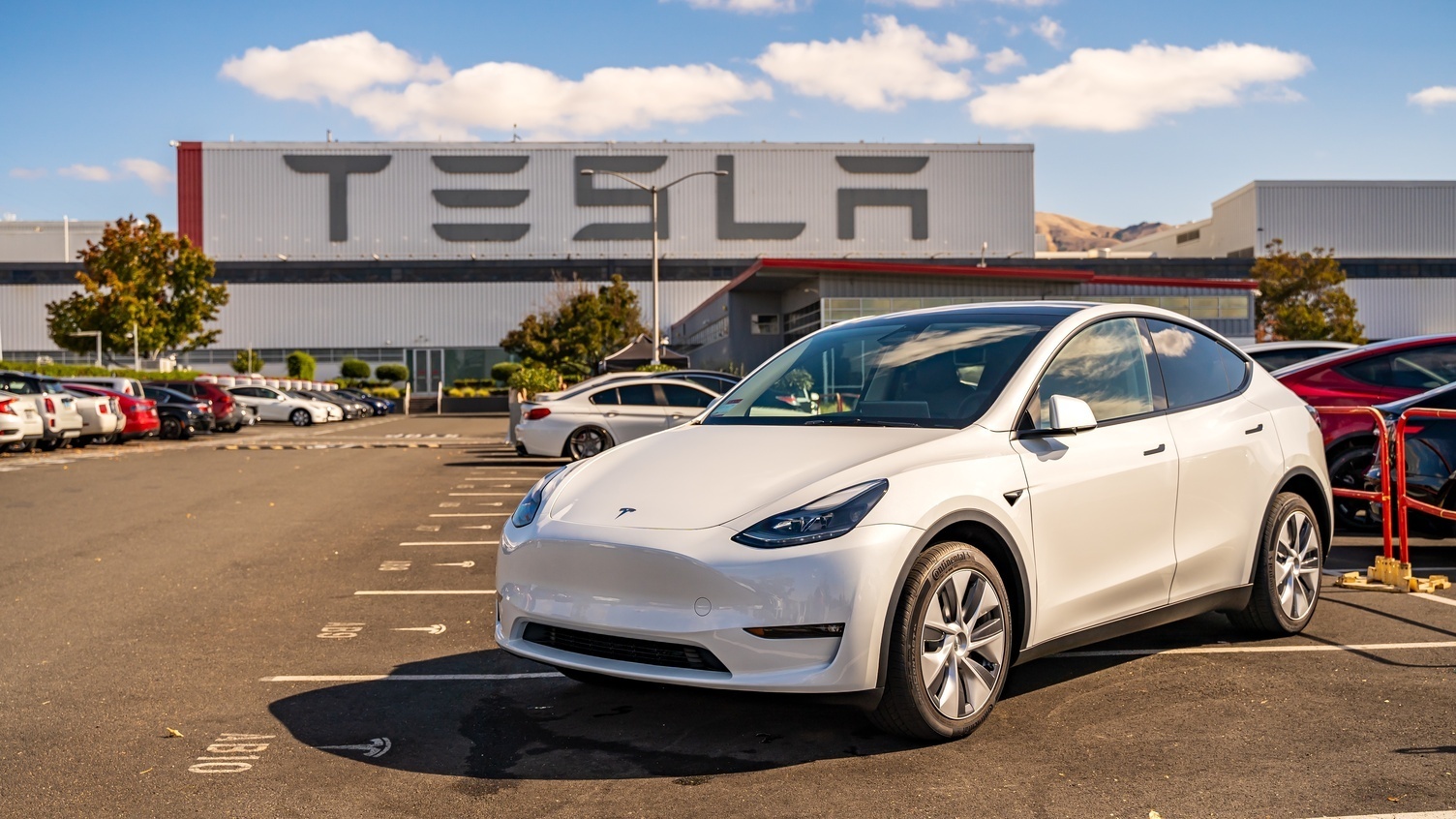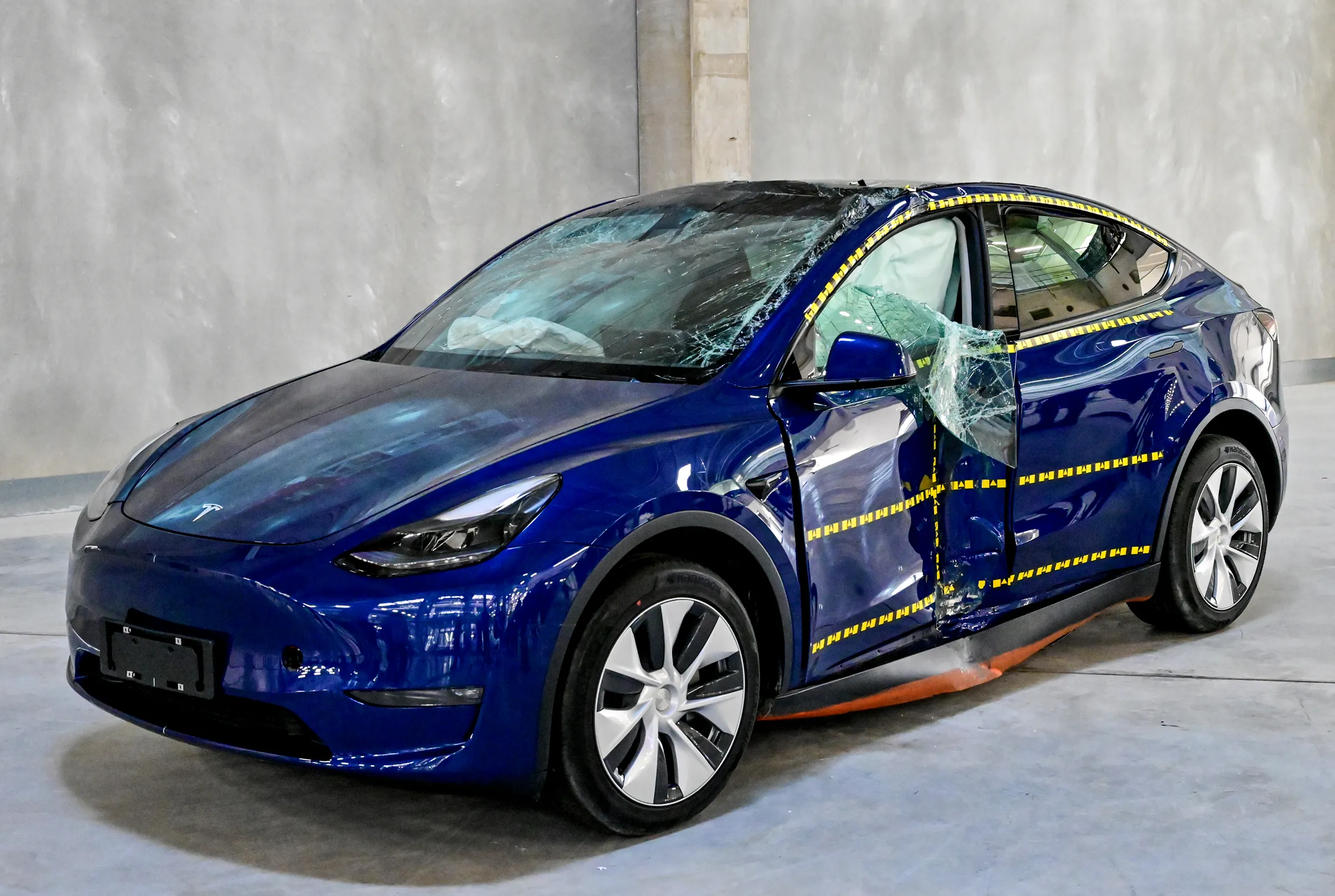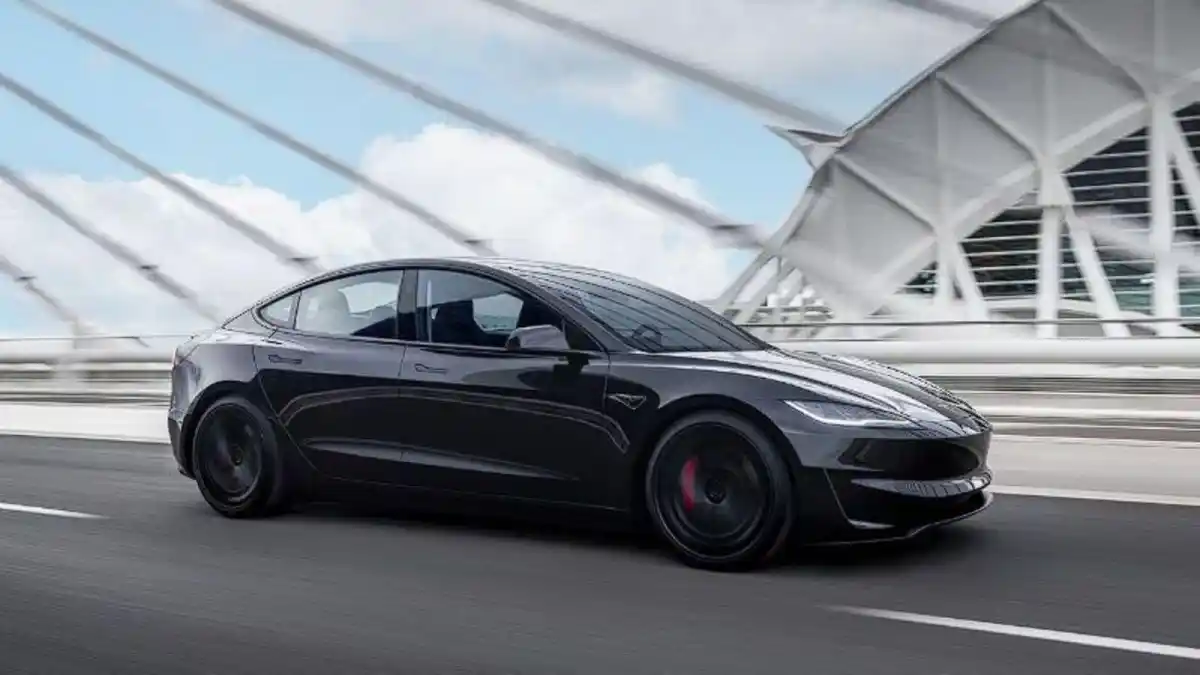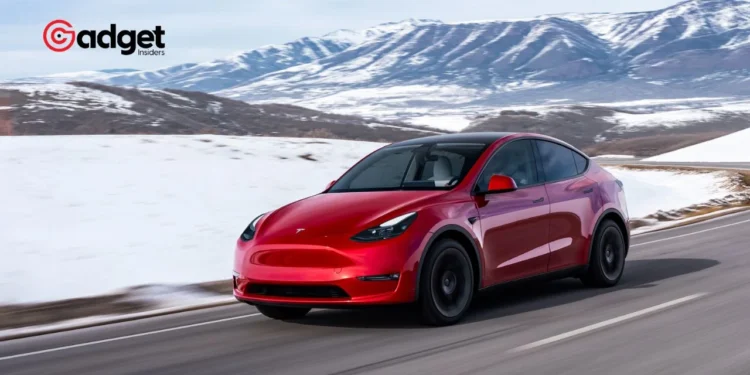Tesla’s innovative Autopilot system, a hallmark of its brand identity, has faced continuous scrutiny. Recent investigations by the National Highway Traffic Safety Administration (NHTSA) reveal a troubling gap between the technology’s capabilities and its safe application, prompting both the closure of previous probes and the initiation of new ones.

The Closure of the 2021 Inquiry
The NHTSA has officially concluded its extensive review of Tesla’s Autopilot, initially triggered by a series of accidents that raised eyebrows over the system’s safety. The probe, which examined over 956 incidents, including 13 fatalities, pointed to significant concerns regarding the Autopilot’s driver engagement functionalities.
According to documents released last Friday, the system allowed too much operational leeway without ensuring driver attentiveness, leading to “anticipated abuse and preventable crashes,” as reported by TechCrunch.
Tesla Autopilot investigation closed after feds find 13 fatal crashes related to misuse https://t.co/FgQ1pxWPKU
— TechCrunch (@TechCrunch) April 26, 2024
Tesla’s Patch: A Solution or Another Problem?
Following the closure of the initial inquiry, Tesla was quick to roll out a recall in December, affecting over 2 million vehicles. This recall aimed to implement enhanced Autopilot measures. However, the effectiveness of these updates is now under NHTSA’s microscope.
Early tests and subsequent accidents post-update have prompted a fresh investigation into these measures. Reuters notes that some solutions required driver opt-in, which could be easily reversed, raising questions about their efficacy in mitigating safety risks.

Continuous Evaluation of Autonomous Driving Safety
The ongoing scrutiny of Tesla’s Autopilot underscores a broader industry-wide examination of autonomous driving technology.
The NHTSA’s current investigation into Tesla’s recall procedures and the efficacy of the implemented safety measures will play a crucial role in determining the future of Autopilot and similar technologies in the automotive industry.
Tesla’s Challenging Year: A Glimpse Into Broader Company Struggles
Tesla’s Autopilot woes are part of a larger narrative of challenges faced by the electric vehicle giant this year. From a significant profit drop reported in the first quarter to increased competition in the EV market, the EV brand is navigating through turbulent waters.
Sales have dipped by 9% from the previous year, with operating profits plummeting by 54%, as detailed in their quarterly financial report.
Moreover, incidents involving Autopilot, such as the tragic accident in the Seattle area where a motorcyclist was fatally injured by a Model S driver allegedly using Autopilot while distracted by his phone, have cast a shadow over the system’s reliability and safety.

The Road Ahead for Tesla and Autopilot
As Tesla continues to innovate and push the boundaries of what is possible with electric vehicles and autonomous driving technology, the path forward is fraught with regulatory and safety challenges.
The outcomes of NHTSA’s current investigations will likely influence not only the company’s operational strategies but also the regulatory landscape for autonomous driving technology across the automotive industry.
The company’s journey through these trials will be pivotal in shaping the future of autonomous driving, highlighting the delicate balance between innovation and safety in the rapidly evolving world of electric vehicles.
The industry and its observers will be watching closely as the EV company navigates these complex waters, hoping for enhanced safety measures that do not stifle the innovative spirit of the pioneering EV maker.










